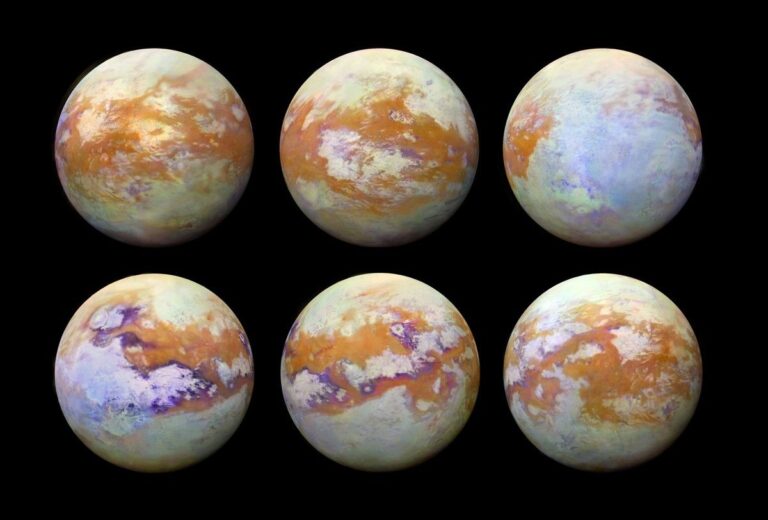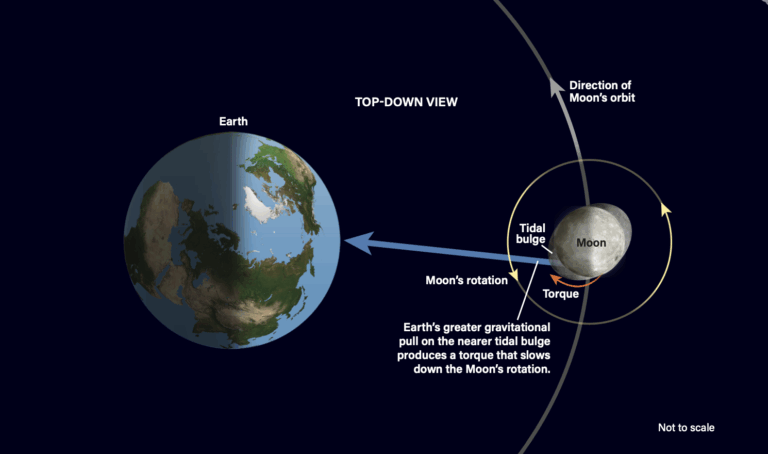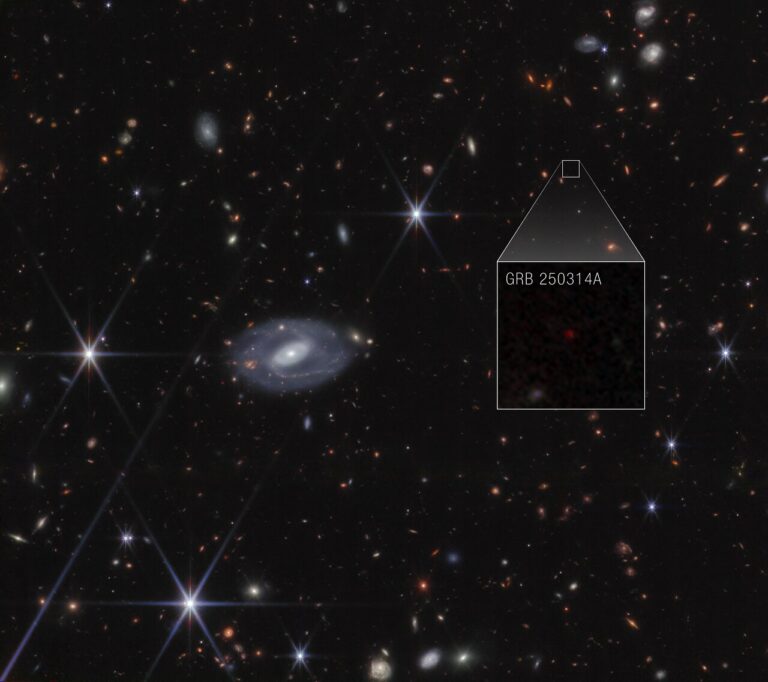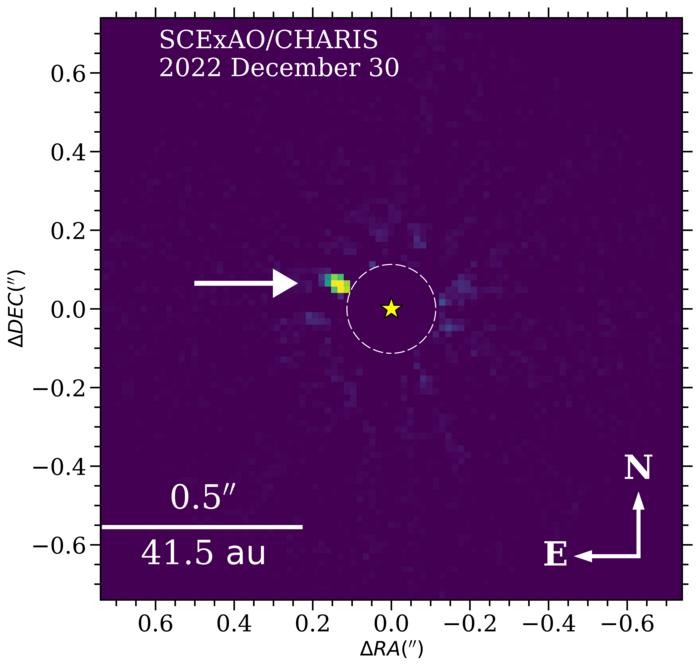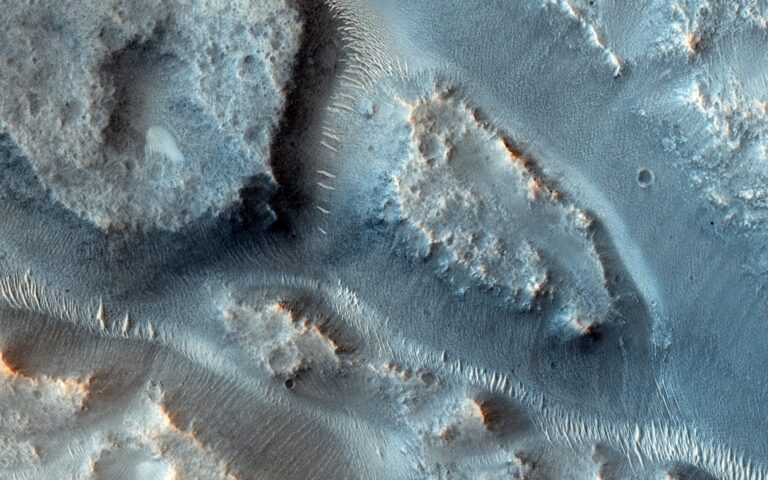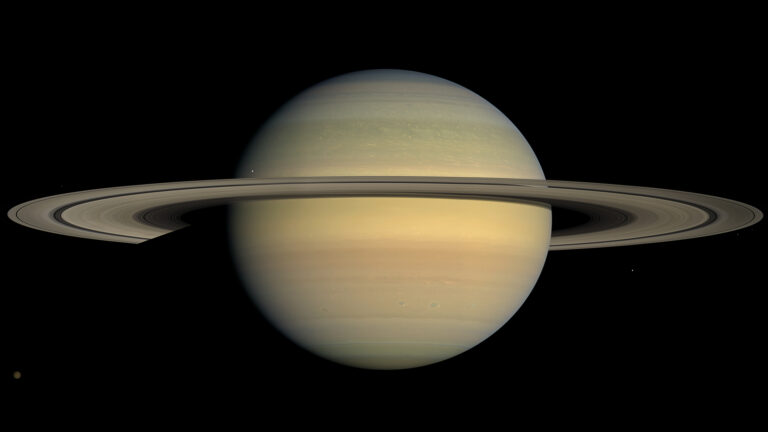Key Takeaways:
Q: Every 27 years, a two-year eclipse of Epsilon Aurigae occurs. Do scientists know what causes it?
A: Yes, astronomers have confirmed that the eclipse’s “invisible” cause is a cool, flattened disk of material encircling a central star that orbits the visible 7500-kelvin (13,000° Fahrenheit) type F supergiant star Epsilon Aurigae. This disk is similar to those surrounding T Tauri stars, a type of variable sun that is typically in an early stage of stellar evolution, and Beta Pictoris, which is progressively losing its protoplanetary disk. Scientists imaged Epsilon Aurigae during the 2009 to 2011 eclipse with the Center for High Angular Resolution Astronomy six-telescope interferometer array atop Mount Wilson in Southern California. The observation confirmed an earlier infrared result during the 1982 to 1984 eclipse, indicating that a 500 K (440° F) source is present in the binary system. Researchers expect that this relatively cool dust disk, some 0.6 astronomical unit thick (where 1 AU is the average Earth-Sun distance), will eclipse the visible star next in 2036 to 2038.
The fact that the eclipse lasts nearly two years means that the disk is at least 8 AU in diameter — filling all the space around its central star outward to nearly where the orbit of Jupiter in our solar system is. While scientists haven’t directly observed the hidden central star, they think it might be a young and hot type B sun.
But there are still open questions about Epsilon Aurigae that astronomers are actively researching with the extensive observations made during the last eclipse, including: What is the disk made of? How long has it been there? And how long will it remain in the system?
University of Denver


